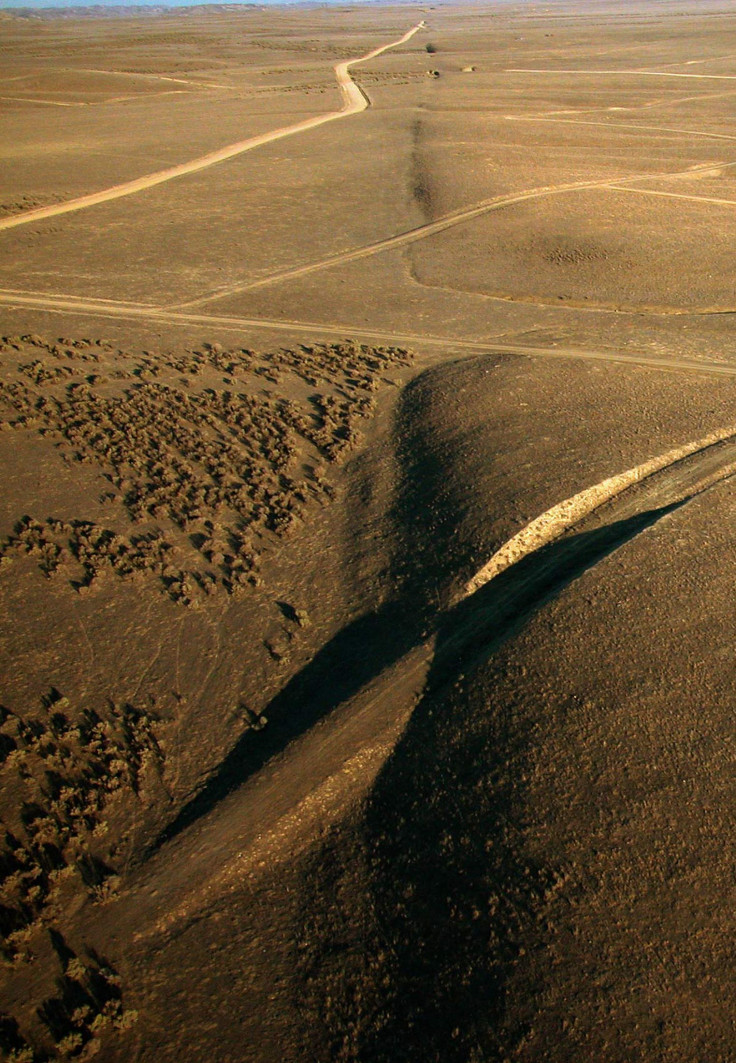Carbon monoxide level boost could be warning of the big earthquake to hit California

Would the predicted major earthquake that would really rock California be just in the corner waiting to happen? Has Earth been sending a warning sign that residents possibly are unaware?
That indicator could possibly be an unusual increase in carbon monoxide levels in parts of North America. The jump was recorded by the Global Forecast System model over the US West Coast on Feb 25, blogs Robert Scribbler, a climate change journalist.
The readings cover the region from British Columbia, through Washington and Oregon, and most parts of California, beginning with 5,000 parts per billion of carbon monoxide in southwestern Canada, which is a mountainous region, and goes as high as 40,000 parts per billion in southern California, writes Scribbler.
With this reported hike in carbon monoxide readings, Christian Today points to previous warning from the US Geological Survey estimate that up to 1,800 people could die and another 55,000 injured from a big temblor resulting from a movement from the San Andres Fault Line which could trigger the feared big earthquake. Scribbler stresses that the extreme peak zone, located north and west of Los Angeles, near Palmdale, is along the fault line.
The fear of a big earthquake is being stoked by linking the high carbon monoxide readings with the claim by Indian geophysicist Ramesh Singh of a connection between high levels of carbon monoxide and a major seismic activity. Singh’s basis is a large burst of carbon monoxide before a magnitude 7.6 tremor shook Gujarat, India, in 2001.
Singh, in an article published on NatureAsia, writes that the researchers analysed satellite remote sensing data collected over time when the killer quake – which took 20,000 lives – struck. However, Geek.com points out that even Singh concluded no definite cause behind the quake was identified.
The researchers have been using the Goddard Earth Observing System Model that takes an overall look at the Earth’s atmosphere, land and ocean components, and reads data on the planet’s overall health. Geek.com stresses that the scientists only created a model done for research purpose. It also cites the Facebook post about the modeling system’s that the dire data could be used to feed on people’s fear and anxiety.
But more than that is the lack of corroborating measurements from other sensors that there was an unusual jump in carbon monoxide levels, which means the numbers could just be the result of a technical glitch.





















